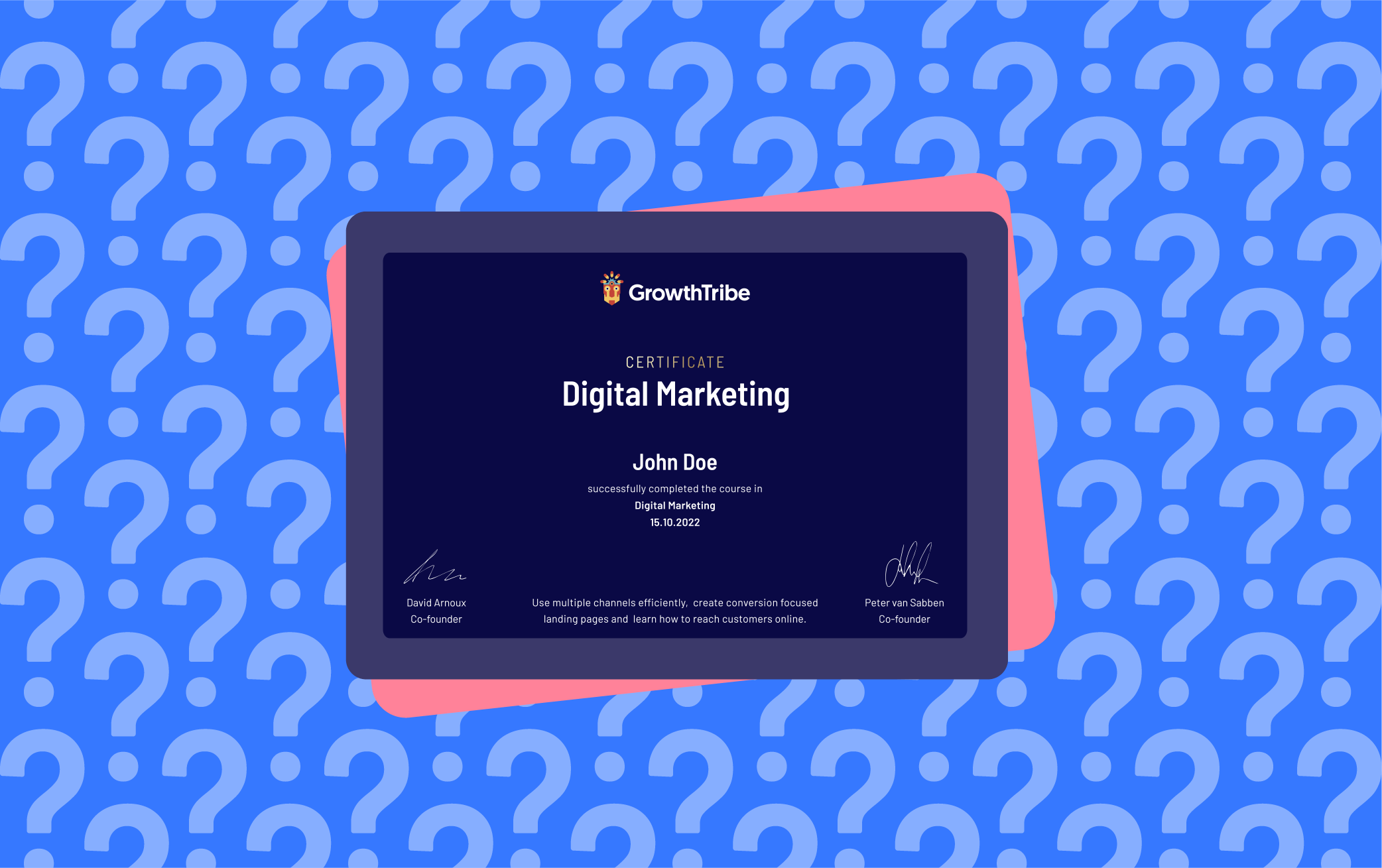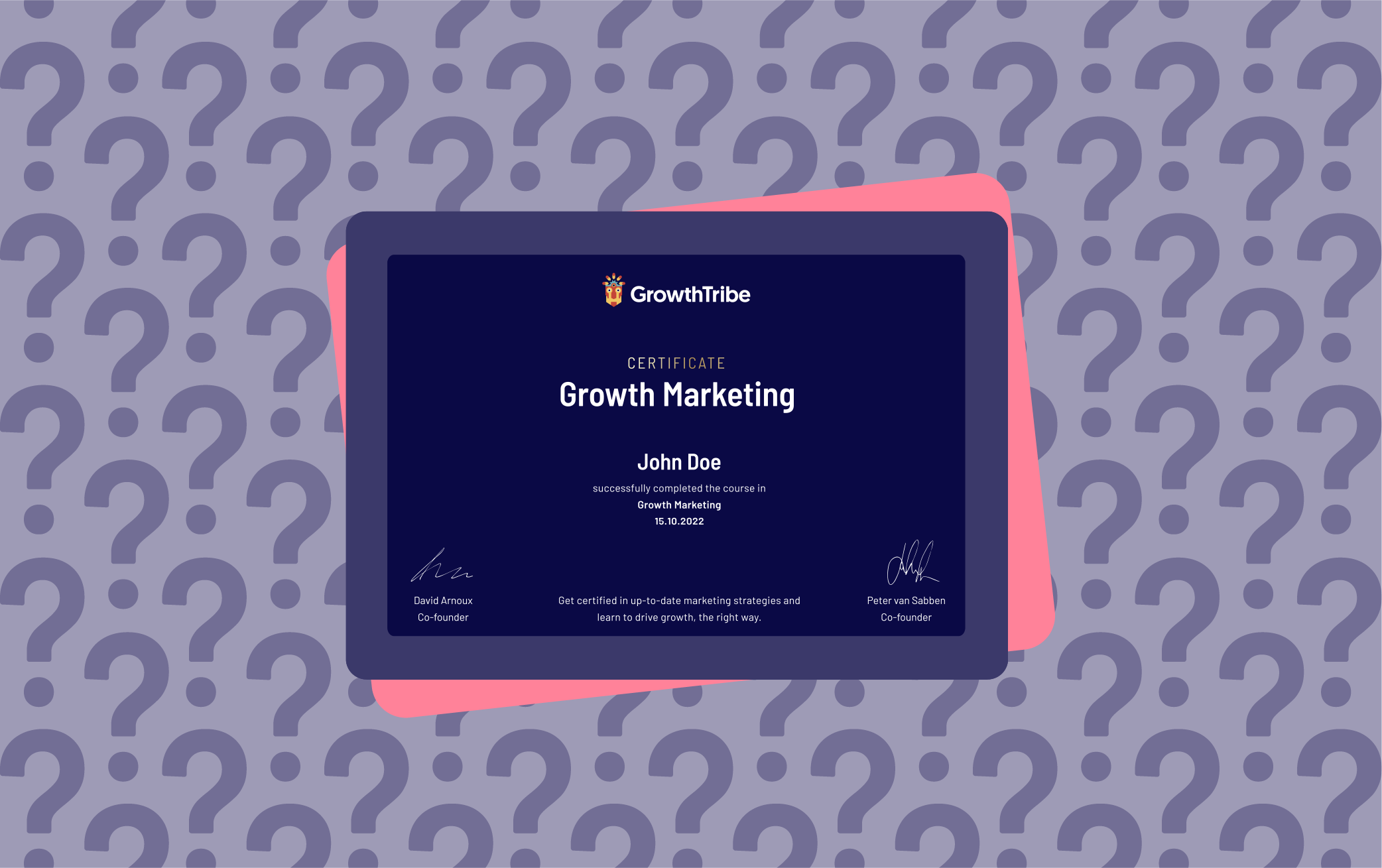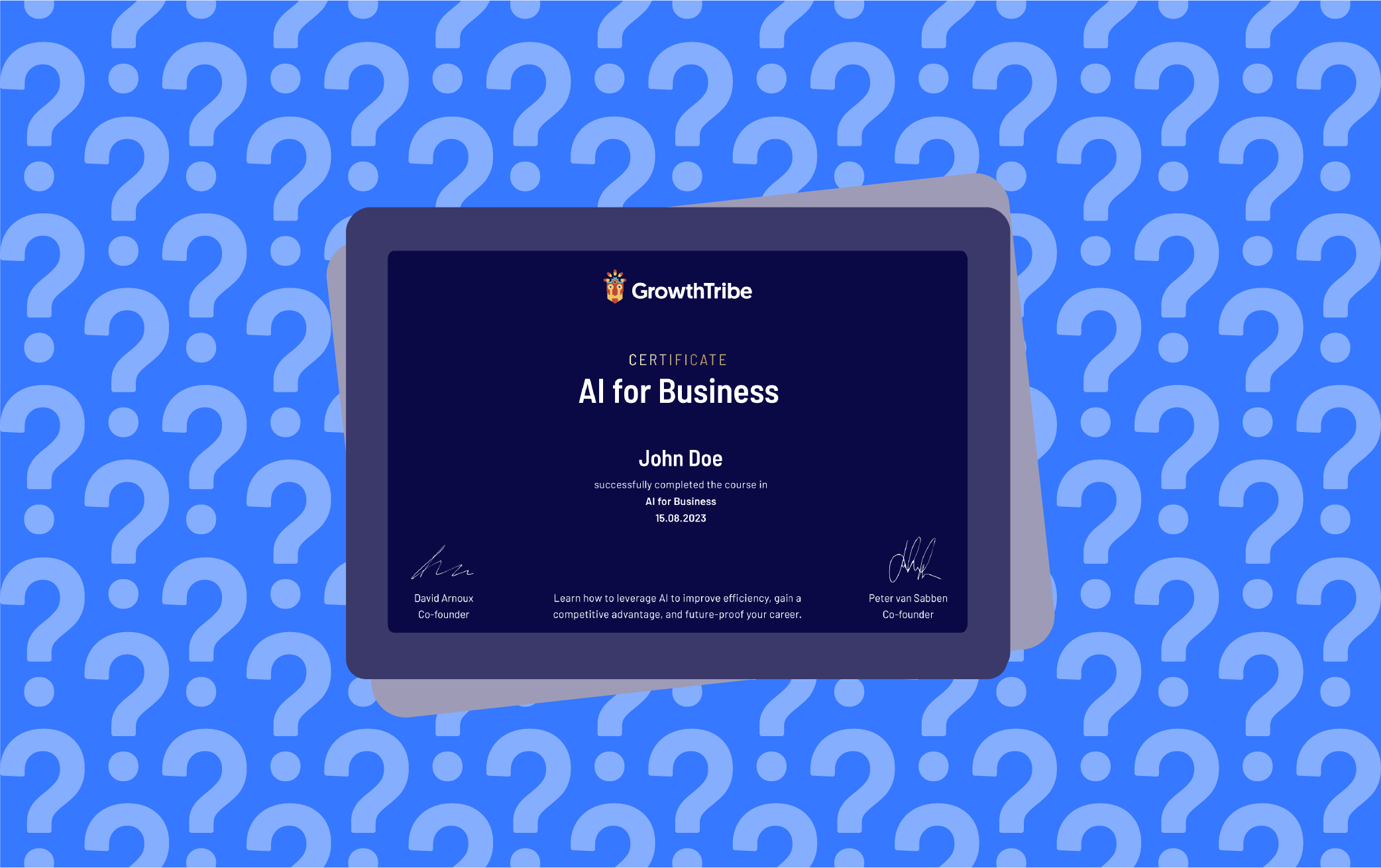The Power of Agile Marketing in Driving Team Growth and Innovation

Do you know that feeling when you read a specific word and you’re not sure if it’s just a fancy buzzword or an actual strategy that works? The word agile has been used over and over in the past few years, but few businesses know how to tangle with it. Being agile is taking action, action with data and change.
It involves seeking out new experiences rather than remaining stagnant and comfortable. Let’s discuss why the agile marketing journey might be the right way to bring yourself, your team, or your business to the next level.
Looking for something in particular? Skip ahead using the table of contents below:
2. At the centre of agile marketing
3. What does agile work bring to the marketing table?
4. Let’s take a look at a case study
5. Want to learn more about Agile Project Management?
6. Keep up with your customers
What is agile marketing?
Agile marketing? It's like the dynamic duo of marketing strategies.
It's when you prioritise flexibility and adaptability over strict adherence to set plans.
So, what's the deal with an agile approach?
Well, it's all about emphasising the importance of learning from their practices.
You have these teams that self-organise, composed of individuals with diverse skills, all prepared to confront challenges directly.
And guess what?
They're not waiting around for a grand unveiling.
Instead, they're actively engaging, executing tasks swiftly, and refining their approach with continuous feedback as they progress.
It's akin to a surge of marketing activity, but executed with precision and purpose.
Agile marketing involves a strategic approach, rather than just spontaneous actions.
You have set goals for the short-term, medium-term, and long-term.
Success requires a balance between a broad vision and attention to detail.
But wait, there's more!
Four key elements make an agile marketer truly powerful.
First up, teamwork – it's all about collaboration and camaraderie, with everyone pitching in to get stuff done.
Then there's data – making decisions based on hard facts rather than gut feelings.
Next, speed is essential. You are consistently releasing updates, and making adjustments and improvements along the way.
And finally, there's the Agile Marketing Manifesto – your guiding light through the marketing maze.
So, there you have it – an agile marketing approach in a nutshell.
It's all about flexibility, teamwork, data-driven decisions, efficient execution, and adherence to the manifesto principles.
Ready to embrace the agile methodology?
Let's talk further about this approach to marketing!
At the centre of agile marketing
- “98% of organisations say they’ve experienced success with an Agile project.” - Marketinginsidergroup
- “36% of Agile marketing teams can release things faster.” - Optimizely
- “93% of CMOs who employ Agile practices say their speed to market for ideas, campaigns, and products has improved.” - Planview
Ironically, moving towards an agile marketing team requires the will to change.
You have to be willing to tackle the unknown, dive into uncertainty, and ride the waves of adaptability.
So, in a way, taking the first step to move towards an agile marketing process is already working on all the skills mentioned above.
But that’s not all.
These are the skills you require to start working in an agile environment:
Experimentation
- You are open to experimenting with new strategies, tools, and data.
- This means tossing out your preconceived notions about a target group and ditching the old ‘we’ve always done it this way’ core values.
- While some marketing campaigns may not succeed, they can still provide valuable insights to enhance future campaigns.

Different mindset
- An agile working mindset is not related to the dog-eat-dog world of Mad Men or Suits.
- Agile teams collaborate, treat each other with respect, and achieve a high performance rate through their ability to adapt.

Using data to drive marketing strategies
- There are still too many organisations out there that rely on ‘gut feeling’ and centuries-old data.
- Continuous research allows you to gather the data you need to tailor each campaign to the ever-changing wants and needs of your customer feedback.
![]()
Servant leadership
- Agile teams often have a boss or a manager who employs the servant leadership style.
- This is a type of leadership focusing on the mental well-being of the team, treating everyone with respect, and providing support where needed.
- The servant leader knows that without their team, they have nothing.
- They empower, not dominate.
What does agile work bring to the marketing table?
It’s quite difficult to initiate a change of culture within a business.
It takes time.
Agile frameworks require the same level of commitment.
The entire team has to change or else it simply will not work.
This all starts with a change in leadership.
An agile marketing manager can implement strategies that lead to team growth and success.
To initiate change, you have to convey the benefits of working with an agile mindset.
The list below outlines the most important benefits of this way of working:
1. It improves the productivity and measurability of all your projects and team efforts
Just look at the Scrum board in the picture below.
Every process is measured, the entire team knows exactly where everyone is, and the productivity will skyrocket because there is visible progress to see in each step.
2. With intense experimentation, you can run many iterations to see what works
With agile principles, you now treat each campaign as a separate entity.
There is not a one-size-fits-all strategy, but rather a customised approach based on data.
This results in smaller, but more effective A/B campaigns to increase short-term success rate.
3. Communication and collaboration flourishes
Working in an agile environment means that every marketing department works together more synchronously.
It makes teams cross-functional, involving everyone who can contribute something useful to the project.
This gives your team the competitive advantage needed to survive in this fast-changing arena.
Just think about all the data your marketing team can now recover from other teams in the organisation to enhance their efforts.
4. A stronger focus on customers means a rapid response to desires
Because an Agile team is digitally savvy, the communication between client and provider is nearly instant.
Just think about on-site chat screens, WhatsApp chat for questions, or even using social media to stay in the loop with their target group.
While your boss is still glorifying those surveys, his predecessor ran in the 1950s, you’re already ten steps ahead with data reports from your current target group.
Just think about how rapidly customer needs changed when the car was introduced to replace the horse.
Let’s take a look at a case study
In 2015, ING adopted an agile way of working after battling it out with several FinTech startups who were already riding the wave of agile marketing.
ING is a major corporation in the Netherlands that offers banking and financial services.
Bart Schlatmann, the COO of ING, explained in an interview with McKinsey that their agile transformation journey had already taken ten years.
Because of a change in customer behaviour, they had to make the change although everything was going well.
As Bart defined it, they had to prepare themselves for an omnichannel environment.
And as clearheaded as he was, he knew that simply moving from A to B wasn’t the end of the transformation, because what happens after B?
You have to move to C and so on.
It’s a continuous process they had to go through.
![]()
When asked about the most important elements of an agile transformation, Peter Jacobs, the Chief Information Officer of ING, responded that he liked to trim it down to four pillars.
Pillar 1: Agile working
IT and the commercial departments work in the same building.
They’re divided into ‘squads’ and constantly test what might be working.
No managers are looking over their shoulders and potentially slowing down progress.
Pillar 2: Agile organisational structure
Fewer committees, different departments, and flocks of project managers hinder agility.
If there are clear roles for each ‘squad’ there is faster collaboration and few obstacles to overcome.
Pillar 3: R&D
Move on from five to six big releases in a year, to bi-weekly software releases or updates.
By being innovative, especially in a digital environment, ING stayed in the loop with its increasingly digitally savvy customer base.
Their mobile app became one of the best banking apps in the Netherlands.
Pillar 4: People focus
Knowledge is more important than big, fancy projects.
Status is no longer related to how big a project is, but how much knowledge and expertise it generates.
This is invaluable in maintaining a streak of success with each campaign.
The result of working with an agile model?
ING reports to have increased their employee engagement, objectives were brought quicker to market, and the client experience improved significantly.
Want to learn more about Agile Project Management?
Agile project management is rapidly gaining recognition as a transformative approach within the field of project management.
With this course, you will learn essential agile methodologies and concepts to make your projects more flexible, adaptive, and customer-focused, leading to quality outcomes.
6 modules | 78 lessons | 48 videos | 6 tests | 6 exercises
- Module 1 - Project management essentials
- Module 2 - Agile methods & processes
- Module 3 - Effective communication & reporting
- Module 4 - Risk mitigation & problem-solving
- Module 5 - Team facilitation & power skills
- Module 6 - Scaling complex projects
Keep up with your customers
It’s easy to sit back and watch the money come in.
But standing still means going backwards in an ever-moving world of innovation.
Customers are becoming more demanding in the digital space, preferring chatting and mobile over desktop websites and email.
To maintain constant growth in your business, you have to keep innovating, testing, and failing.
Surprised to read that last one on the list?
Agility goes hand in hand with failure.
These are small failures that lead to bigger wins because they yield valuable data.
When you’re ready to swing the mantle of agility around your shoulders, be prepared for an intense transformation that requires commitment from you and your team.
Only together can you achieve agility.
And remember, the turtle eventually outruns the hare.
So even if your agile transformation takes a while, you’ll get there eventually and the rewards will be all the better.
FAQ
1. What is the agile marketing framework?
The Agile Marketing Framework is a flexible approach that adapts the principles of agile software development to marketing processes. It emphasises iterative, customer-centric strategies and quick responses to change.
2. How does agile marketing strategy differ from traditional marketing approaches?
Agile Marketing Strategy focuses on iterative campaigns, continuous improvement, and customer-focused collaboration, contrasting with traditional, long-term planning and big-bang campaigns. It prioritises adaptability and responsiveness.
3. What role does continuous improvement play in agile marketing?
Continuous Improvement is central to agile marketing, fostering ongoing refinement of strategies and tactics based on data and feedback. It ensures that marketing efforts remain effective and aligned with evolving goals.
4. Why is cross-functional collaboration important in agile marketing?
A cross-functional team brings together diverse skill sets and perspectives from different departments to form agile, cohesive teams. This collaboration is a marketing function that enhances creativity, innovation, and the ability to deliver value quickly.
5. How do stand-up meetings contribute to agile marketing practices?
Stand-up meetings, brief and focused gatherings, promote communication, alignment, and transparency within agile teams. They facilitate quick updates, issue resolution, and collective accountability, enhancing productivity and collaboration.
Categories
- Business & Innovation (89)
- Growth & Marketing (66)
- Data & Analytics (29)
- Alumni Stories (11)
Related articles
Watch related webinar
How To Fix a ChatGPT Network Error Code
.png)
Latest articles
Agile Decoded: Answering 11 Key Questions on Agile Marketing
It's time for an agile approach! Stemming from the principles of...
The Top 11 Questions About our Digital Marketing Course Answered
I know you are probably googling around digital marketing...
The Top 11 Questions About our Growth Marketing Course Answered
Curious about our Growth Marketing Course? Wondering how it can...
AI in Business: Your 11 Essential Questions Answered
Artificial intelligence (AI) has emerged as a game-changer for...

Watch related webinar
How To Fix a ChatGPT Network Error Code
.png)















